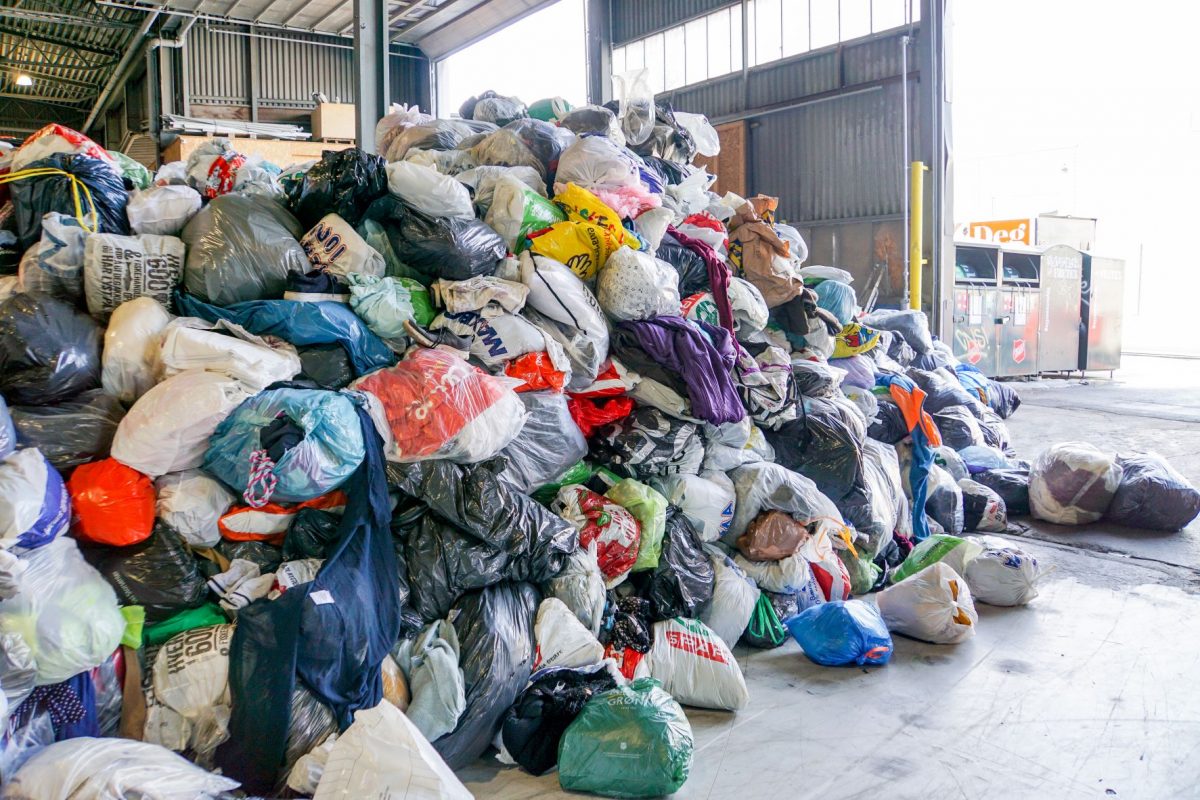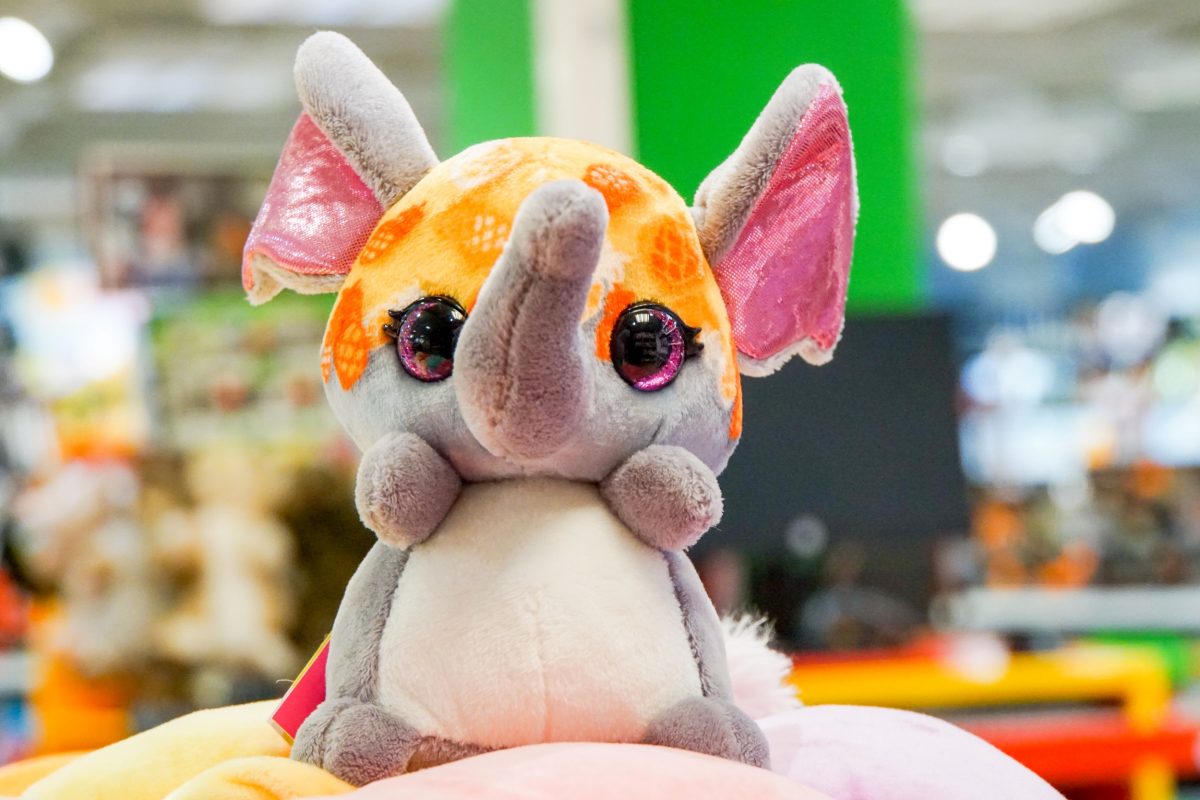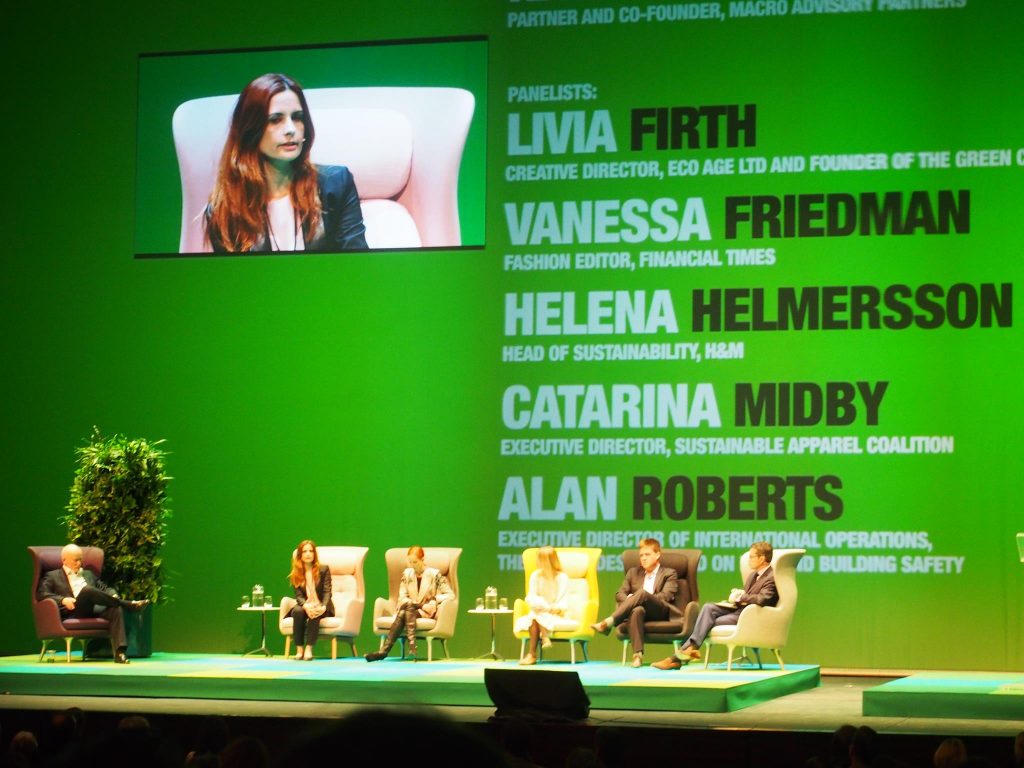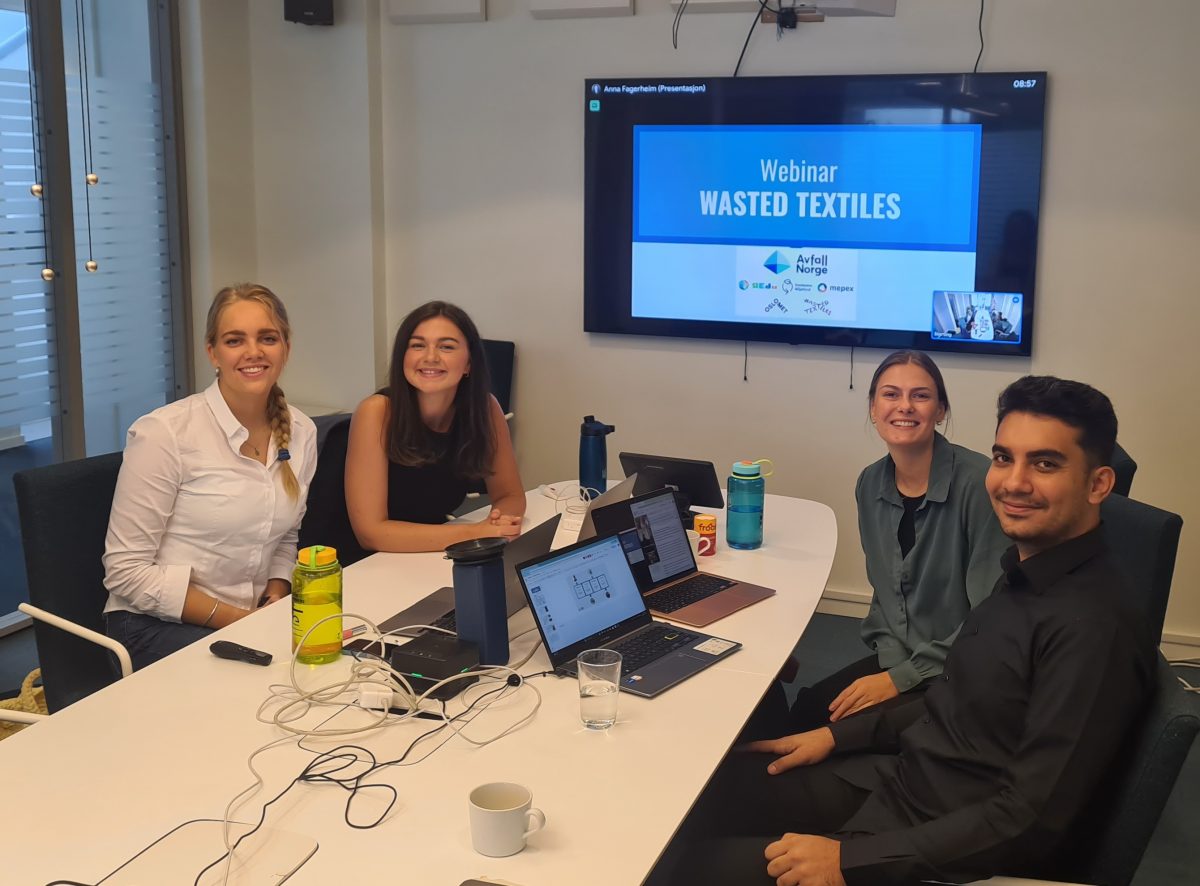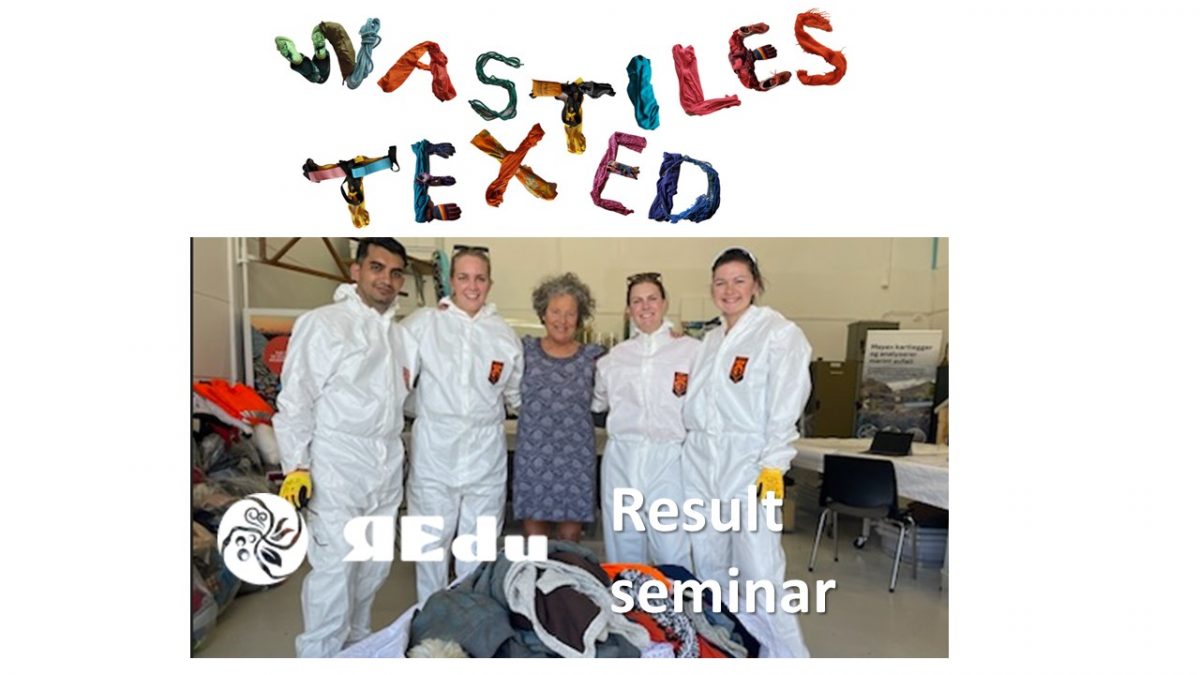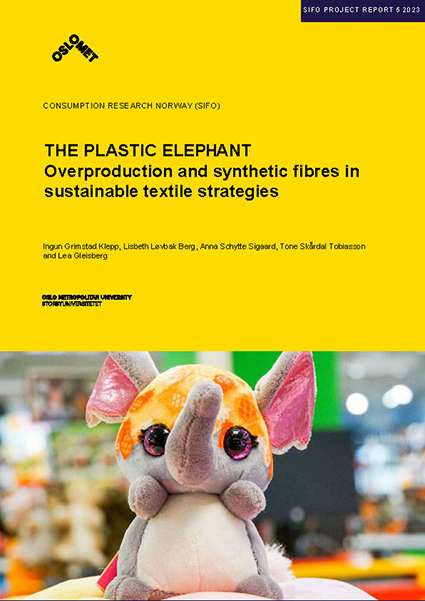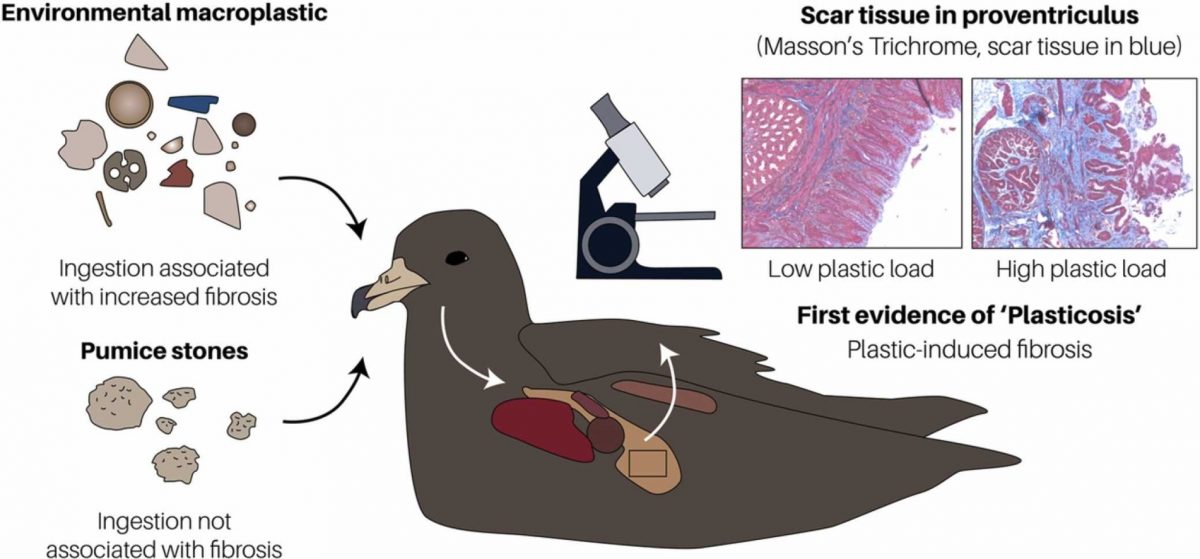Text by Tone Skårdal Tobiasson
The results from the Wasted Textiles pilot study, executed by four Master-students Camilla Sunde (UiO), Eva Hovda (NTNU), Siri Vestengen (NTNU) and Saeid Sheikhi (Høyskolen Kristiania) has now been published. Avfall Norge and their summer program REdu, were able to get the pilot financed by The Norwegian Retail Environmental Fund, and the results from the pilot where the four students tested out a system for picking analysis that captures vital information on the textiles that mainly had status as garbage is presented in the report.
The analysis conducted in Slemmestad Mepex-center offers valuable insights into the current status of discarded textiles in Norway. The “TPR” (named for the Targeted Producer Responsibility idea) picking analysis results provide us with information regarding the composition of fibres, garment age, country of production, and brand details of the discarded textiles. This data was taken from the care labels on the products. Over a period of 13 days, the team successfully managed to analyze a total of 3024 items using the TPR picking analysis method that they fine-tuned based on a combination of wardrobe studies and classic waste picking analysis.
Picking analyzes are used for other product groups to say something about use. In food, this form of analysis is used to monitor how much edible food is thrown away from private households (see e.g., this study (miljodirektoratet.no)) and to monitor and reduce food waste from institutions. The textiles analysed in the report originated from various waste streams: Mepex’s “Klesbyttedag” (clothing swap day), TRV (Trondheim city pilot project on collecting textiles) and residual waste. Residual waste is the hardest to work with because of smell and humidity making it difficult to weigh the items. In the report, the TRV waste is the largest and most important, representing 91.4 % of the material. Textiles from TRV-pilot are supposed to be damaged textiles. Residents of the pilot area in Trondheim were given instructions and special bags for damaged textiles, clothing and shoes. Residents are encouraged to deliver usable textiles to collection boxes already located in the area and to put the bag with destroyed textiles outside for collection on a fixed day, every four weeks. The interns photographed all the items, gave each textile item a number, and registered information on if the brand could be identified if the care label was intact if there was a year of production or when the product entered the market anywhere on the textile, country of origin, fibre-composition, what state of ‘used up-ness’ the items were in, the weight, etc.
The findings in the REdu project, are based on a small sample, 3024 items all in all. 2564 of 3024 items (the total registered) had the brand present either on the label or a logo visible. 708 distinct brands were identified, but a few dominated, H&M being in the lead, followed by Cubus, Lindex and KappAhl. Out of the 3025 analysed textiles only 95 items had the year of production on their care labels, 2905 did not include this information. Of these clothing pieces 14 of them were from NameIt (a Danish children’s brand), 7 from Vero Moda, 7 from Selected – all three Bestseller brands, and 6 of them were from Bik Bok. For the remaining individual brands, 61 items were with a production year. Some brands have labels with codes that may or may not contain this information, that they would need to explain. Some brands said they are willing to help with this information.
The progress in the TPR picking analysis time efficiency showcases the potential for applying picking analysis and the time it might require. In the TPR approach, they utilised several input parameters and managed to analyse an average of 234 items per day, equivalent to around 79 kg. On the other hand, the “fast TPR method” employed fewer input parameters while still capturing details for each item. With this approach, the average number of items examined within a 30-minute span is 29, equal to 7.6 kg per person. The time used to analyze was affected by the different textiles analysed, whereas multilayer and complicated multi-fibre items were more time-consuming.
In assessing the potential of machine learning in textile waste management, the results are promising, but not without challenges. The initial model focusing on textile type classification achieved significant accuracy, with an accuracy of 82.25 %, emphasizing the practicality of using automation for sorting textiles. However, the usability classification model highlighted the need for comprehensive and quality data inputs to predict an item’s reuse potential. While machine learning presents great promise in enhancing sorting efficiency, determining reusability, and promoting fibre-to-fibre recycling, its successful deployment hinges on several factors. These include the expansion and quality improvement of datasets, the integration of advanced sensing technologies, and a broader assessment of environmental, economic, and social impacts. Ethical considerations are paramount, especially in ensuring that machine learning models operate effectively and ethically. By partnering with Extended Producer Responsibility (EPR) schemes, feedback loops between producers and waste management can be optimized.
The data gathered from the examined items highlights the possibility of reusing materials in the textile sector that the consumers themselves deem as garbage. Assessing the level of wear and tear in clothing was relatively easy, factors like pilling, stains, discolouration, damaged zippers, missing buttons, holes, and general signs of use are easy to spot and register. A majority of the items were in a good usability state, where 42% of the textiles scored a condition of 4 (5 being the highest score indicating mint condition, while 1 is not at all reusable), suggesting that the discarded textiles were not “used up”. Also, 21 items were found with their price tags still attached. While some items displayed minor damages, many of these can be fixed effortlessly at home, pointing towards the value of imparting basic repair skills to consumers. Notably, 17.66% of items had a maximum usability score of 5, indicating a considerable number of nearly new items being discarded. We will remind the reader there that these were supposed to be worn out or «broken» items, as fully usable textiles were supposed to be donated in the donation boxes.
The data obtained from this analysis holds significant importance in comprehending the possibilities of automated sorting, material reuse, and recycling. It provides a foundation for introducing strategic methods like extended producer responsibility (EPR) and policies focused on waste prevention. Hopefully, the TPR picking analysis can be used to assess eco-modulated environmental fees in an EPR scheme, aiming to ultimately decrease excessive textile production in the fast fashion sector. In 2022, 105 913 tonnes of new textiles which are equivalent to 19.3 kg per capita, were put on the Norwegian market, so future data collection is not in danger of not having materials to study, once textile waste will be collected separately from 2025.
Click here to read the full report (avfallnorge.no).

